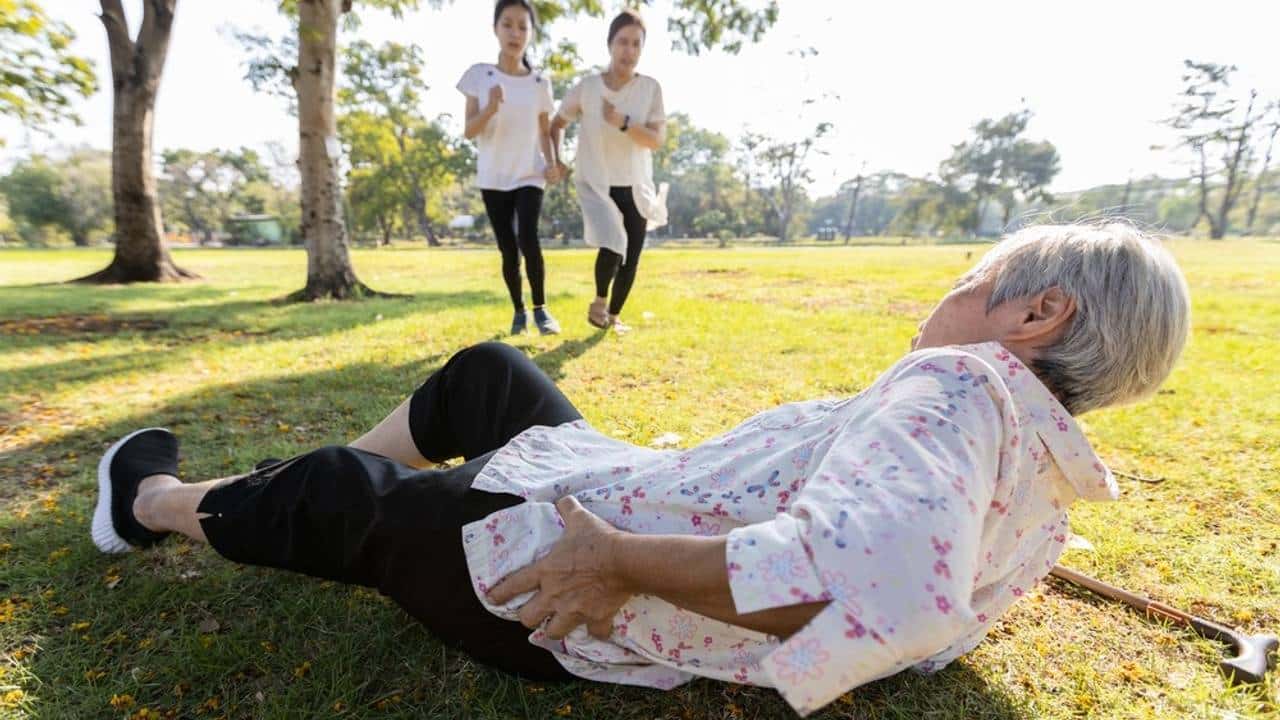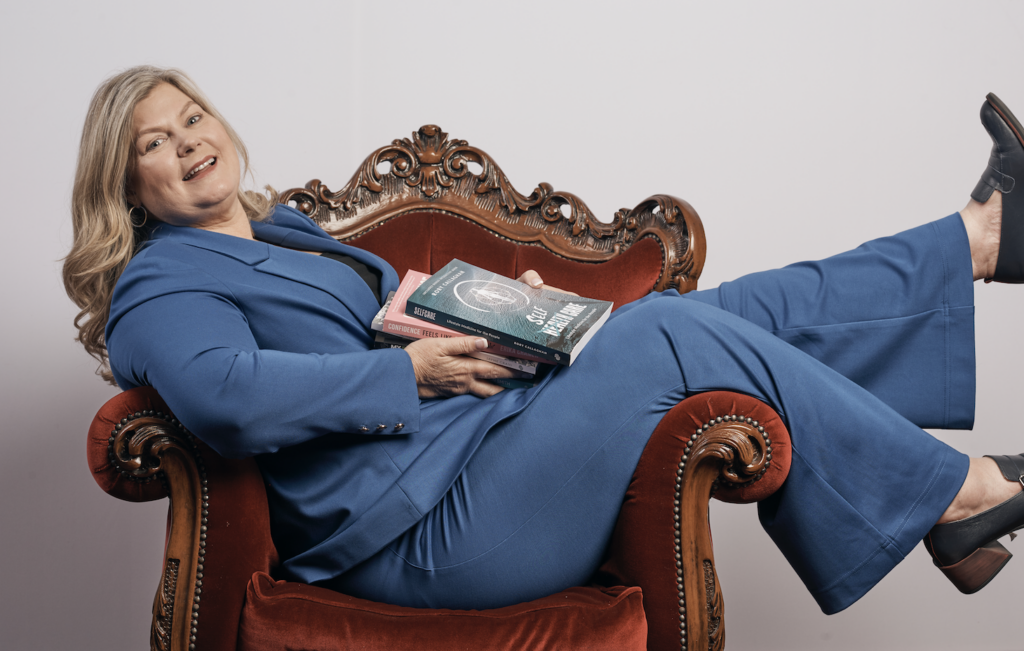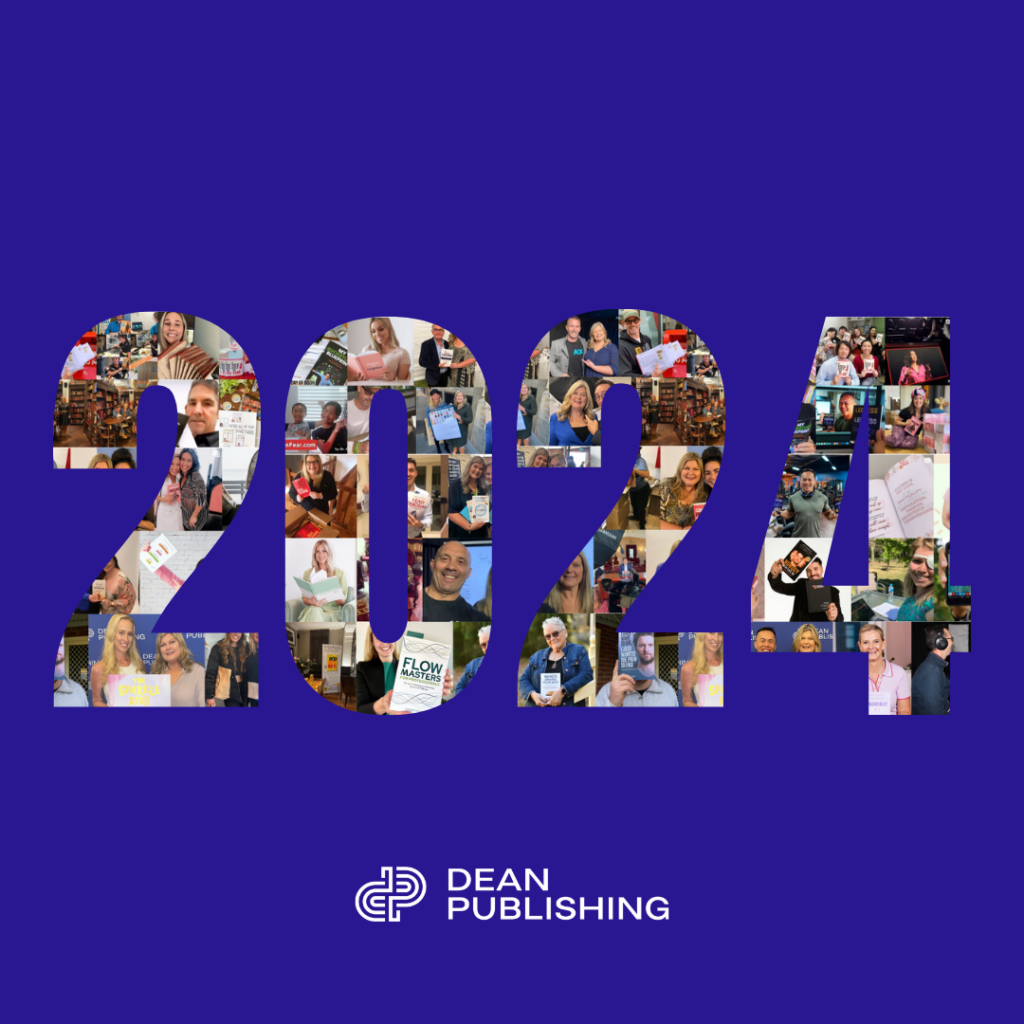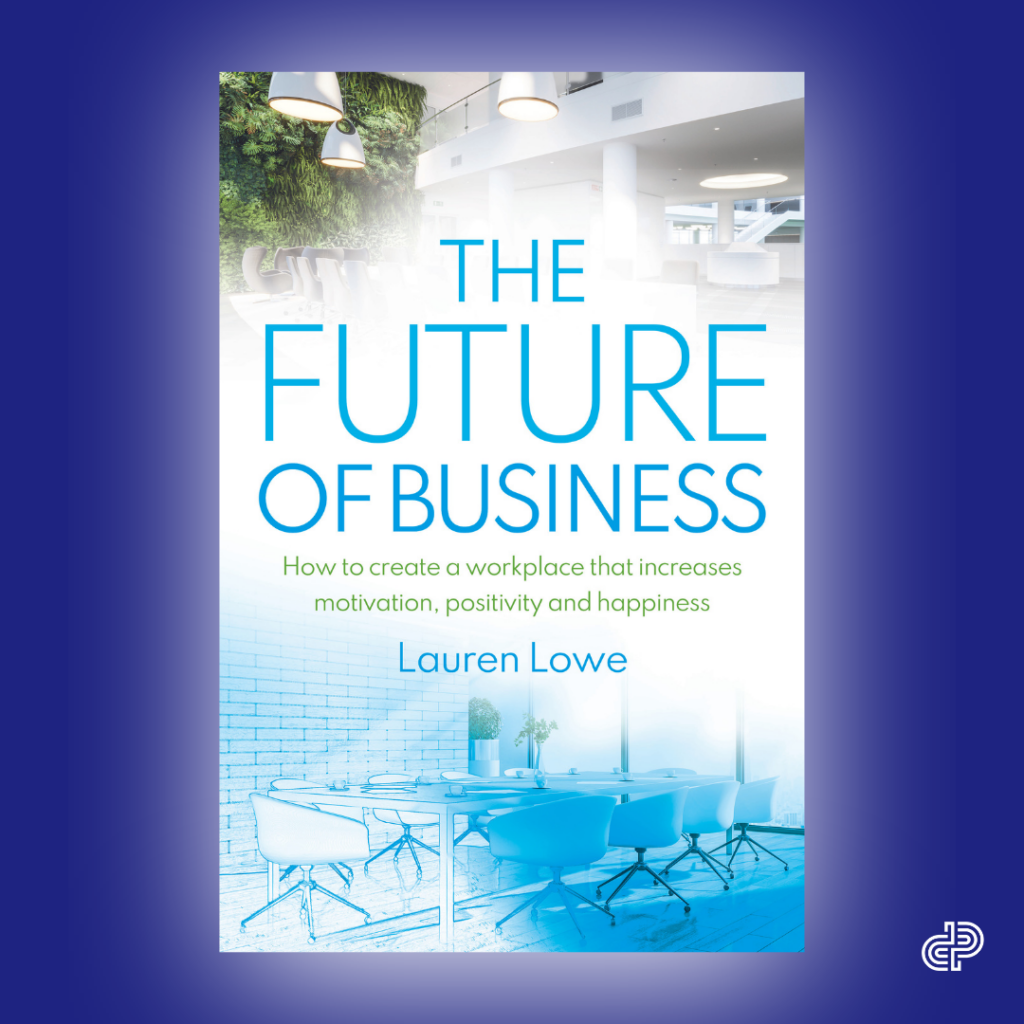
Did you realise 1 in 2 women aged over 50 is impacted with low bone quality or quantity leading to bone fracture?
Let’s first look at why this happens. In your body, you have 2 main types of bone remodeling cells, osteoBlast which Builds Bone, and osteoClast which Collapses bone. We have continuous remodeling of bones over our lifetime and several external circumstances either favour bone-building or bone loss.
Consider puberty, at this stage of life you experience a large influx of hormones and growth spurts occur and your bones get denser, stronger, and longer. We continue to lay down additional bone mass until we reach a peak around age 30. From here until menopause our bone mass is fairly consistent. Once menopause occurs the reduction of estrogen causes rapid loss of bone density, strength, and height. Women lose bone at about 2% a year for the first 5 years after menopause and then this slows to about 1% a year from there.
Our body contains 2 main types of bone. Cortical or long and flat bones are found in your arms, legs, ribs, skull and pelvic girdle, and Trabecular, which is rounded bones found in the spinal column, hip joint, and wrist. Unfortunately, the trabecular type of bone is more prone to osteoporosis. This is because it’s very porous, loosely packed with larger spaces between the fibres. The larger spaces can’t hold as much calcium as the tightly packed cortical bone and it’s the amount of calcium within the bone that determines its strength.
If you don’t want to be a part of the statistics, the first place to start is with a DEXA scan. This test measures your bone mineral density. Osteoporosis is a silent disease, you may not know you have it until you break a bone, and then it’s too late. Early diagnosis can help prevent further loss and significantly reduce your risk of a life-altering fracture.
Let’s look at the action steps you can take to help improve your bone if your results are not ideal.
LIFESTYLE FACTORS
Quit smoking, cigarette smoking is known to reduce bone density, increase the risk of fractures, and slow healing time of fractures. Regardless of whether you are a smoker or a secondhand smoker, both are likely to have reduced bone mass.
Exercise is vitally important. You are looking at establishing a routine that includes a variety of weight-bearing exercises, resistance work, balance, flexibility, and core stability. You can consider joining a local strong bones class, arthritis NSW (https://www.arthritisnsw.org.au/get-moving-series-introduction/) has an online version or you may prefer to start working with an exercise specialist one on one.
Hip and spine fractures are more common in heavy alcohol consumers. It’s a combination of the effects of alcohol on osteoclasts (breaking down the bone) and the lack of balance and coordination leading to more frequent falls.
DIETARY FACTORS
Did you hear me say it’s the amount of calcium that determines your bone strength? Well, calcium is a fat-soluble nutrient, therefore it requires a fat source in order to be absorbed and utilised. Vitamin D is another important bone nutrient that is also fat-soluble, in fact, most of the nutrients needed by bones are fat-soluble, therefore it’s vital to get adequate good fats daily while avoiding bad fats. Good sources of fat include seafood, coconut, olives, fresh nuts and seeds, eggs, and avocado. Bad fats include anything deep-fried, man-made, or processed. Other examples of dangerous fats include vegetable oils like cottonseed oil, corn oil, canola oil, soybean oil, safflower oil, sunflower oil. I find taking a daily fish oil capsule a good insurance policy that I am getting adequate regular good oils.
It is essential to consume adequate protein and collagen. These are the structural building blocks that make up the bone matrix and add to the bone density and strength. You need to be eating a good quality protein in each meal. Collagen is found in animal bones so by eating slow-cooked meats on the bone you get protein and collagen in one go. Alternatively, both can be purchased as powders and added to smoothies.
The final dietary consideration is Phytoestrogens. As bone loss increases with the reduction of estrogen, phytoestrogens have been found to be a useful way to prevent this. Outcomes from clinical trials have suggested phytoestrogens may prevent the reduction in bone mineral density loss and help maintain bone structure after menopause.
IMPORTANT NUTRIENTS
Calcium, I beat you knew I was going to say calcium. Bones are a storage house for calcium. The body needs calcium for muscle contraction, so think about your heart and muscles. If you do not have enough dissolved calcium in your blood, your body will take it from your bones. Having adequate calcium in your blood allows the body to keep your calcium in your bones. If you have too much calcium in your blood, it can be deposited elsewhere and may contribute to bone spurs, kidney stones, bursitis, and arteriosclerosis. It’s because of this that I don’t recommend Calcium supplements on their own. Dietary calcium hasn’t been shown to contribute to stones so try to get your calcium through your diet. The best calcium sources include seeds especially sesame seeds, but also sardines, dark green leafy vegetables, or nuts. If you do supplement with calcium make sure it’s a combination product with other helpful bone-building nutrients.
Magnesium, research is looking at the importance of magnesium over calcium for bone health. Magnesium helps keep calcium dissolved in the blood and stops it from being deposited elsewhere, magnesium deficiency can contribute towards the development of kidney stones. Magnesium enhances bone building and remodeling.
Fat-soluble vitamins, you have probably heard Vitamin D is useful in encouraging bone remineralisation but did you know the rest of the fat-soluble vitamins: A, E, and K are also needed? Look out for an ADEK combination supplement rather than straight vitamin D on its own.
I hope you have found that useful. Please reach out if you need more personalised support, trust me your bones are worth it!
Podcast Episode:
https://podcasts.apple.com/au/podcast/9-action-steps-to-improve-your-bone-health-today/id1466020302?i=1000538860984





